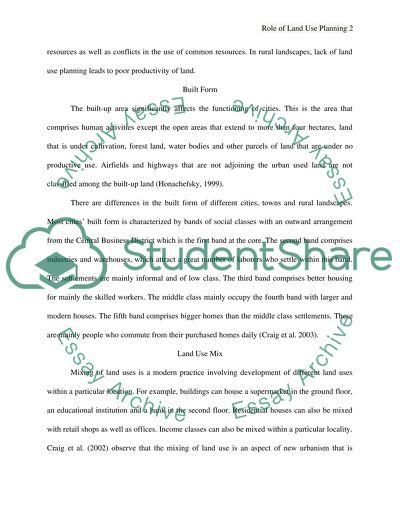Cite this document
(Degradation of Land Resources and Their Usefulness Essay Example | Topics and Well Written Essays - 2000 words, n.d.)
Degradation of Land Resources and Their Usefulness Essay Example | Topics and Well Written Essays - 2000 words. https://studentshare.org/environmental-studies/1579364-degradation-of-land-resources-and-their-usefulness
Degradation of Land Resources and Their Usefulness Essay Example | Topics and Well Written Essays - 2000 words. https://studentshare.org/environmental-studies/1579364-degradation-of-land-resources-and-their-usefulness
(Degradation of Land Resources and Their Usefulness Essay Example | Topics and Well Written Essays - 2000 Words)
Degradation of Land Resources and Their Usefulness Essay Example | Topics and Well Written Essays - 2000 Words. https://studentshare.org/environmental-studies/1579364-degradation-of-land-resources-and-their-usefulness.
Degradation of Land Resources and Their Usefulness Essay Example | Topics and Well Written Essays - 2000 Words. https://studentshare.org/environmental-studies/1579364-degradation-of-land-resources-and-their-usefulness.
“Degradation of Land Resources and Their Usefulness Essay Example | Topics and Well Written Essays - 2000 Words”. https://studentshare.org/environmental-studies/1579364-degradation-of-land-resources-and-their-usefulness.


